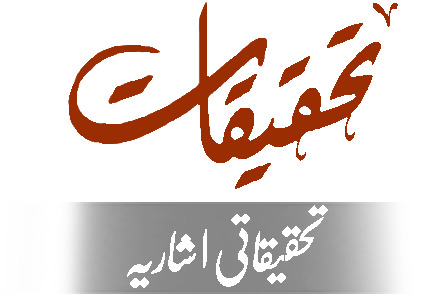تلخیص
Dear editor
We read with much interest the article by
Perveen, et al [1] published in the recent issue of
your journal and have the following comments to
offer:
1. It is mentioned that UTI was confirmed by
growth of >104 and >105 colony forming units
(CFU)/ “high power field” in catheter and
mid-stream specimens as per American
Academy of Pediatrics (AAP) guidelines. But
the latest guidelines by AAP for UTI in infants
and children published in 2012 suggest a cut
off of >50,000 CFU/ml of a single urinary
pathogen in urine sample collected by
urethral catheterization or suprapubic
cystostomy.
2. Discussion mentions the most common
uropathogen to be Klebsiella (40%) followed
by Pseudomonas (16%) but the table reveals
the second most common pathogen to be E.
coli (26%).
3. The authors did not mention whether the
studied children had previous history of UTI or
received prophylaxis for recurrent UTI. This is of
special importance in view of the patients
having renal anatomical and functional
abnormalities which predisposes them for
recurrent UTI. Presence of such anomalies can
also explain the high isolation rates of
organisms such as Klebsiella and
Pseudomonas, which are otherwise rare
pathogen in causing UTI in otherwise healthy
children3. Again the previous use of antibiotics
for recurrent UTI in these children can
account for the high rates of antibiotic
resistance observed4,5.
Shahida Perveen . (2016) Changing Trend of Uropathogens and Antimicrobial Sensitivity in Complicated Urinary Tract Infection in Children, Pakistan Pediatric Journal, Volume 40, Issue 2.
-
Views
922 -
Downloads
58


